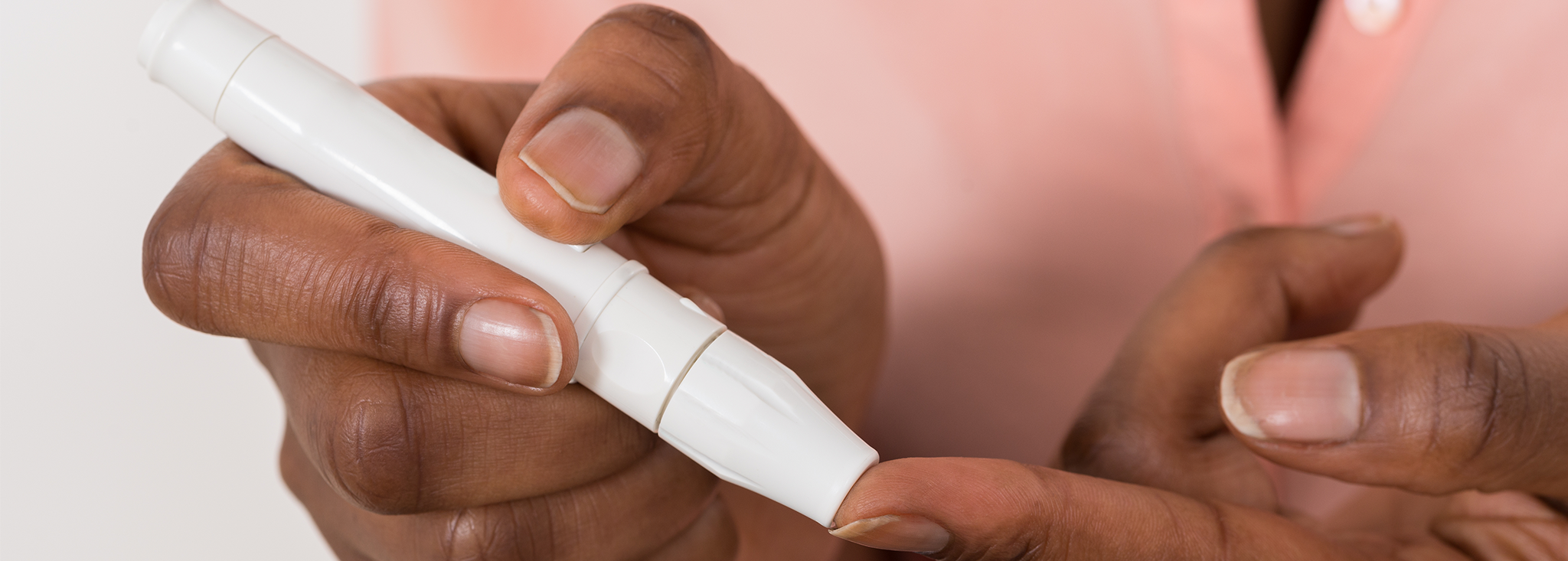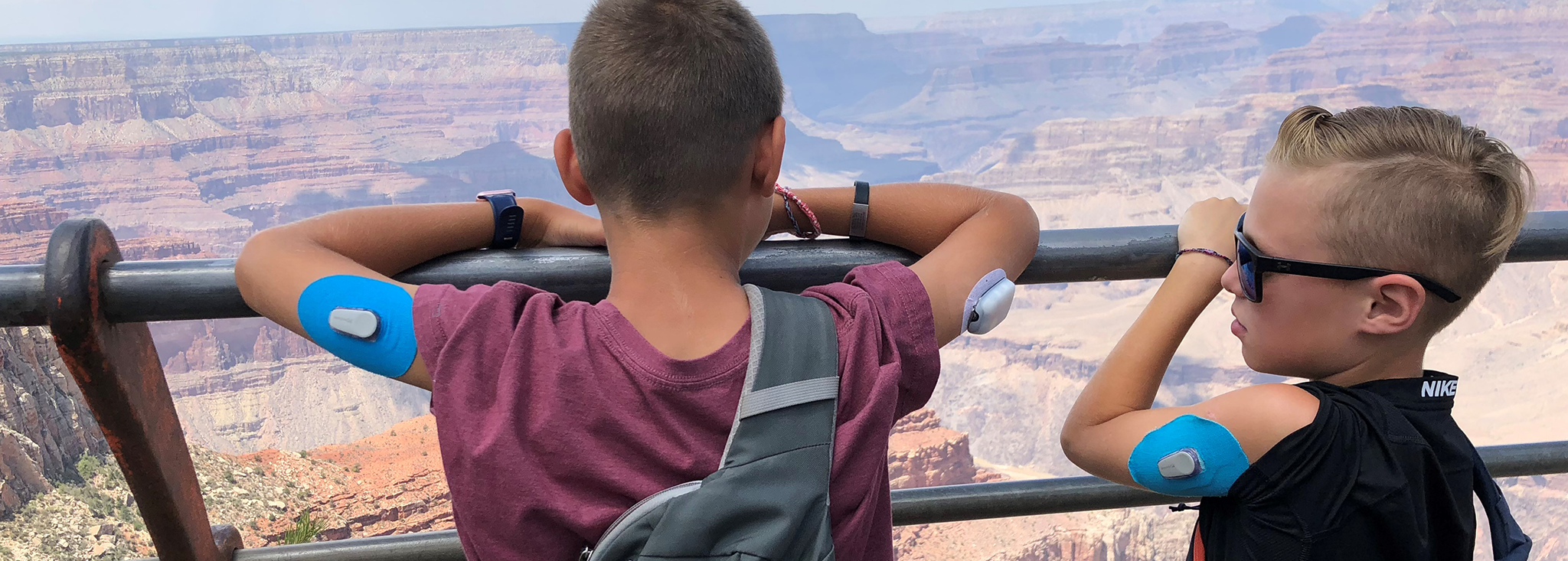Why You Might Switch From An Insulin Pump Back to Shots?
Written by: Beyond Type 1 Editorial Team
2 minute read
October 19, 2016
There are a number of reasons why switching from your insulin pump back to shots (MDI), using insulin pens or syringes, is sometimes necessary.
There are a number of reasons why switching from your insulin pump back to shots—multiple daily injections (MDI), using insulin pens or syringes, is sometimes necessary.
Reasons can include
- Pump malfunction
- Losing or misplacing pump
- Forgetting pump or supplies at home
- Hospital visit or surgery
- Spending a day at the beach or in water
- Taking a break from the pump all together
Short term pump breaks
If you will only be disconnected from your pump for a short period of time, your doctor may provide a guideline for you to use only rapid-acting insulin (i.e.: Novalog or Humalog) incrementally, every three to four hours until you can get back on your pump.
Example (off the pump for less than 24 hours)
Short-acting insulin doses while off the pump are necessary every three to four hours. To calculate, combine a food bolus and the insulin you would normally receive as a basal rate via pump. Here’s an example for a calculating a breakfast injection while off the pump for less than 24 hours:
Step 1: Calculate breakfast bolus.
- Morning blood sugar value = 9.4 mmol/L170 mg/dL
- Insulin to carbohydrate ratio (ICR) = 1 unit per 15 grams of carbs
- Insulin sensitivity factor (ICR) / Correction factor (CF) = 50
- Breakfast is 60 grams of total carbohydrates
Breakfast bolus = bolus for carbs + correction bolus.
Cover carbs: 60/15 = 4 units
Correction: (170-120)/50 = 1 unit
4 + 1 = 5 unit breakfast bolus
Step 2: Calculate amount needed to cover basal rate.
Basal rate (s)
- MN = 0.60
- 10:00 a.m. = 0.85
- 5:00 p.m. = 0.70
Combine sum of basal rates from 8 a.m. – 11:00 a.m. = 0.6 (8:00 a.m.) + 0.6 (9:00 a.m.) + 0.85 (10 a.m.) = 2.05 units
Step 3: Combine breakfast bolus and amount needed to cover basal rate—this will be your breakfast dosage!
5 units (breakfast bolus) + 2.05 units (basal coverage) = 7.05 units
Dose 7 units.
*Reminder – repeat this process every three to four hours during a short term pump break!*
Long term pump breaks
If you will be taking a longer break from your pump, you will need to have a “pump to shot” plan in place. Consult with your doctor to convert your pump settings (basal rates, bolus ratios, correction factors and insulin sensitivity factors) to the appropriate insulin ratios as it applies to injections, using both rapid acting and long acting insulin (Lantus or Levemir). It is a good idea to always have one of these plans ready to go in case of emergency or unexpected circumstances.
Other things to keep in mind while off your pump
- Always keep records of your current pump settings in case of pump failure.
- Check your blood sugar once every hour (including some overnight tests).
- Let your doctor know in advance if possible when you are planning to go off of the pump.
- Make sure to have prescriptions for insulin and other supplies refilled and up to date.
- Check for ketones if blood sugar levels become too high.
Read How to Give Yourself an Insulin Injection and How to Give Your Loved One an Insulin Injection.
Related Resources

Having type 2 diabetes (T2D) means being prepared—not only for the day-to-day challenges but also,...
Read more

Did you know you don’t necessarily need a prescription to get some diabetes supplies? Whether...
Read more

We’ve all heard it before—it’s important to test our blood sugar to manage type 2...
Read more


